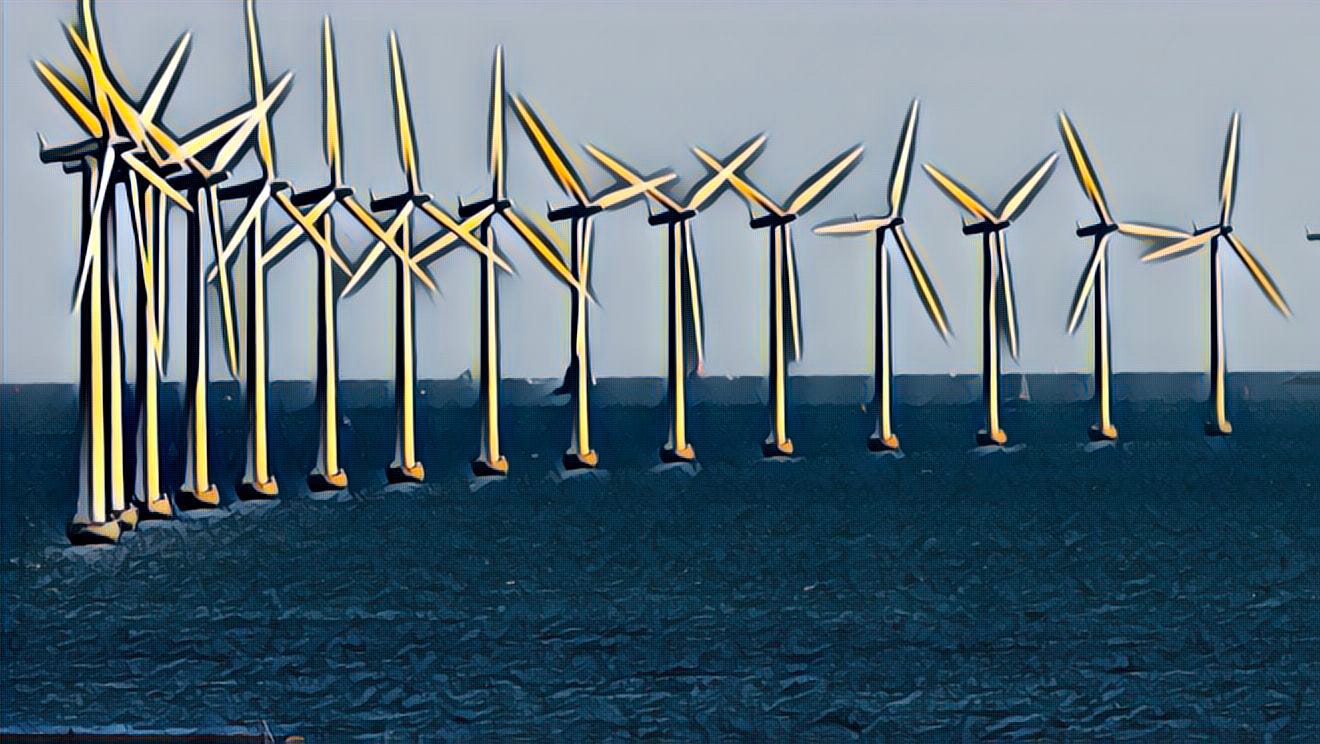“What's going on with offshore wind in RI? Here's the latest on SouthCoast Wind”, by Alex Kuffner
“PROVIDENCE – Contract negotiations for more supplies of offshore wind to Rhode Island are continuing after the parties involved agreed to extend their talks into the spring.“
What's going on with offshore wind in RI? Here's the latest on SouthCoast Wind.
Providence Journal
PROVIDENCE – Contract negotiations for more supplies of offshore wind to Rhode Island are continuing after the parties involved agreed to extend their talks into the spring.
Rhode Island Energy, the largest utility in the state, was supposed to decide on a long-term power purchase agreement with Ocean Winds, the developer of the SouthCoast Windproject, by Jan. 15, but the two sides agreed to push off that deadline to March 31, according to representatives of the companies.
The schedule was revised to align it with separate negotiations concurrently taking place with electric distribution companies in Massachusetts for offshore wind power, according to Caroline Pretyman, spokeswoman for Rhode Island Energy.
A spokeswoman for SouthCoast Wind said the project developer supports the deadline extension.
“The multi-state context continues to be a pioneering and ambitious approach and it is also complex,” Rebecca Ullman said. “SouthCoast Wind looks forward to our continued collaboration with our Massachusetts and Rhode Island partners.”
How did we get here?
In 2023, Massachusetts and Rhode Island joined with Connecticut to solicit proposals for new offshore wind projects in Southern New England. It was the first such multi-state solicitation for offshore wind and was aimed at securing lower power prices through economies of scale.
In September, Rhode Island and Massachusetts announced that they would both procure power from SouthCoast Wind, with 1,078 megawatts of capacity going to Massachusetts and 200 megawatts to Rhode Island.
At the same time, Massachusetts chose to also go ahead with Avangrid’s 791-megawatt New England Wind 1 project and take up to 800 megawatts from a proposal for Vineyard Wind 2. While talks over New England Wind 1 are also continuing, Vineyard Wind 2 has been dropped from this round of negotiations. The project was contingent on Connecticut signing on, but it chose not to do so.
What comes next for offshore wind?
Under the previous schedule for negotiations, state utilities regulators were set to get a look at contract proposals by Feb. 25 and start the process to consider them for approval. The Rhode Island Public Utilities Commission would now get a contract for review by May 9.
SouthCoast Wind is moving forward on other fronts. On Dec. 20, the Biden administration announced that the proposal had received approval from the federal government, making it the 11th offshore wind project to get the green light from the Bureau of Ocean Energy Management.
Ocean Winds is a joint venture between Spanish company EDP Renewables and France’s ENGIE. It’s planning to develop a 199-square-mile area 20 miles south of Nantucket that it’s leasing from the federal government.
The project could cost as much as $5 billion and generate up to 2,400 megawatts of capacity, enough to power more than 1 million homes. Construction would start in 2026, and the project aims to start delivering power to the grid by 2030.
The project would deliver power to the electric grid through transmission lines that would run up the Sakonnet River through part of Portsmouth and connect to a substation at the former site of the Brayton Point Power Station in Somerset, Massachusetts.
Because the cables will cross Rhode Island state lands and waters, Ocean Winds must secure approval from the state’s Energy Facility Siting Board. The board is currently assessing the developer’s application. Installation of the cables also requires permits from the Rhode Island Coastal Resources Management Council.
A year ago, the Portsmouth Town Council approved an agreement that would compensate the town for impacts from construction of the cables, which would make landfall in Island Park before continuing up Mount Hope Bay to Somerset. Under the agreement, SouthCoast Wind would pay the town about $23 million over 33 years.
The 200 megawatts from the project would be the third tranche of offshore wind purchased for Rhode Island. In 2017, the 30-megawatt Block Island Wind Farm, the first offshore wind farm built in America, started selling power to what’s now Rhode Island Energy. Two years later, the Public Utilities Commission approved a contract for the sale of 400 megawatts of capacity from what’s known as Revolution Wind.
Revolution Wind is currently under construction in waters about 15 miles south of Little Compton. The project will total 704 megawatts in capacity, with the remaining 304 megawatts going to Connecticut.
Developer Ørsted – which recently came under the direction of a new chief executive in the Americas, the former Shell vice president Amanda Dasch – has put up more than a dozen of the project’s 65 wind turbines so far and, before a winter restriction on piledriving took effect, installed 52 monopile foundations.
The company is also laying the electric cable for the wind farm, which extends up Narragansett Bay to the Quonset Business Park in North Kingstown, where a new onshore substation will be built.
The plans for more offshore wind in Rhode Island and Massachusetts come at a time when the industry is expected to encounter more pushback with a second Trump presidency imminent. President-elect Donald Trump has threatened to put a stop to offshore wind development and reports are circulating that an executive order is being planned to possibly halt construction.





